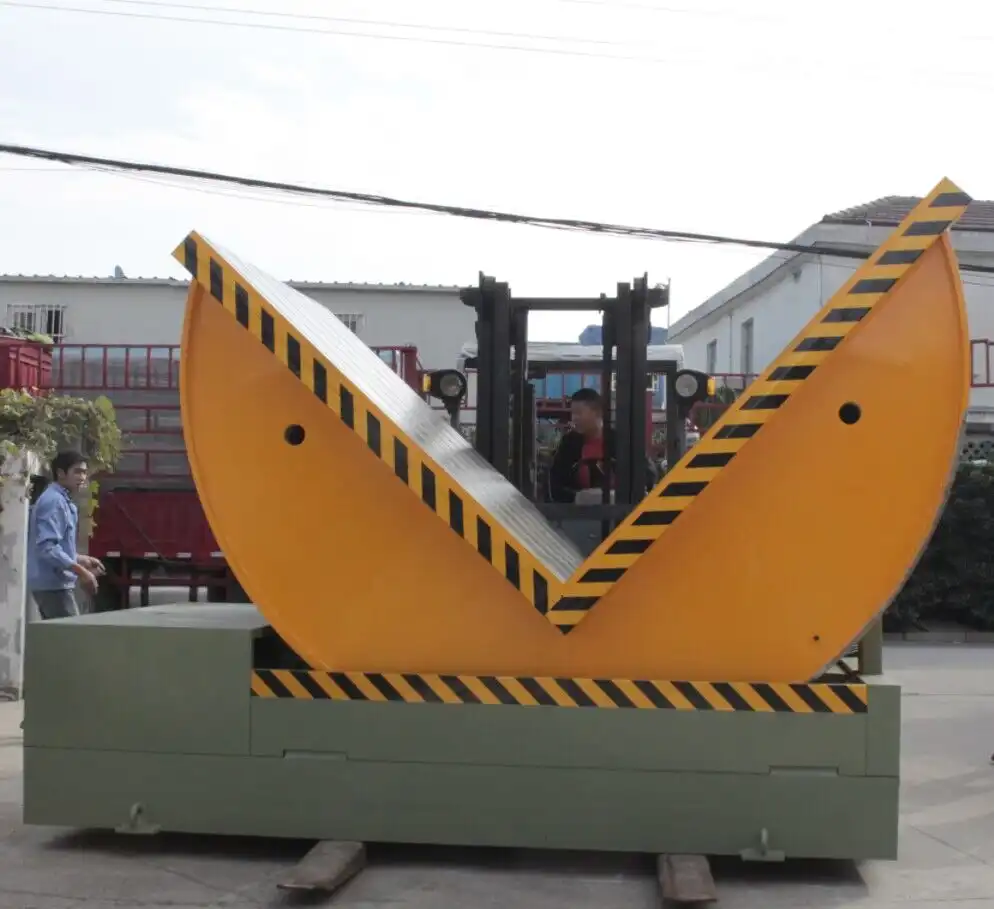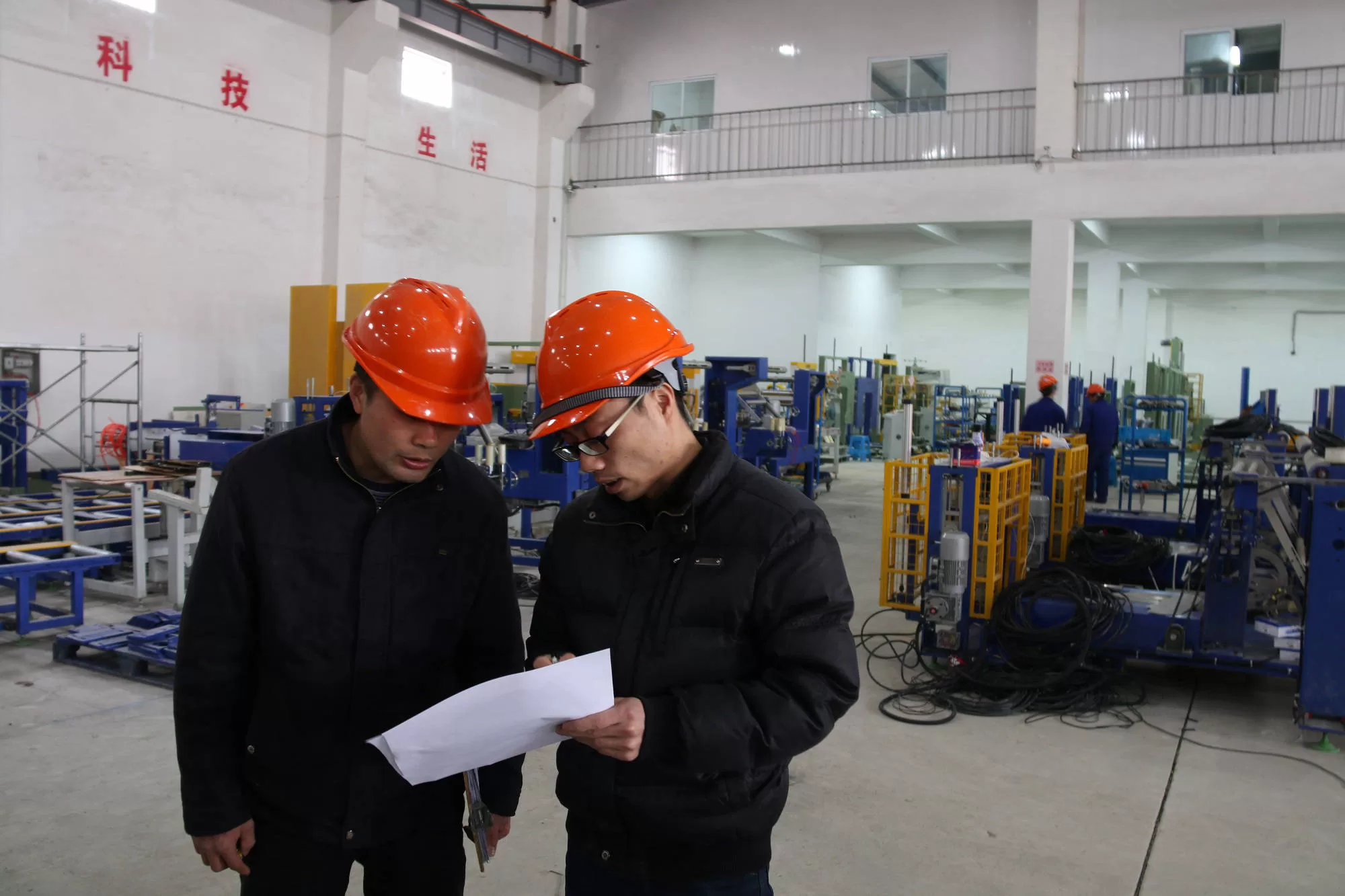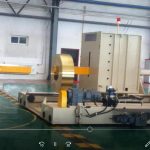Reducing Equipment Damage Risks in Coil Handling Processes
- Reducing Equipment Damage Risks in Coil Handling Processes
- 1. Understanding the Challenges of Coil Handling
- 2. Common Causes of Coil Handling Damage
- 3. Implementing the Right Equipment for Coil Handling
- 4. The Importance of Automation in Coil Handling
- 5. Preventive Maintenance to Avoid Coil Damage
- 6. Best Practices for Safe Coil Handling
- 7. Training and Employee Awareness
- 8. The Role of Quality Control in Coil Handling
- 9. Conclusion

Coil handling is an essential part of industries such as steel, aluminum, and wire manufacturing. These coils, weighing several tons, need to be transported, stored, and processed with extreme care to avoid damage. Damaged coils lead to a host of issues, from operational downtime to financial losses, making it imperative to have processes in place to reduce these risks. In this article, we’ll explore key strategies for minimizing equipment damage during coil handling, including best practices, the role of automation, and how to create a safer working environment.
1. Understanding the Challenges of Coil Handling
Coils, whether steel, copper, or aluminum, are heavy, bulky, and often unwieldy. Their size and shape make them prone to various types of damage during handling and transport, such as deformation, surface scratches, and edge damage. Additionally, handling such heavy materials manually can result in accidents and injuries to workers.
Some common damage risks include:
- Surface scratching: When coils are improperly handled or stacked without protective layers.
- Deformation: Occurs when coils are dropped or subjected to uneven weight distribution.
- Edge damage: Results from rough handling or inadequate strapping, which compromises the coil’s structural integrity.
Coil handling isn’t only about preventing damage to the material itself but also about protecting the equipment used in the process, such as forklifts, pallet inverters, and automated systems.
2. Common Causes of Coil Handling Damage
The root causes of coil damage often stem from manual handling practices, improper storage, and inadequate equipment maintenance. Here are some of the most prevalent issues:
- Manual handling errors: Workers manually handling coils are more likely to drop or misalign them, leading to damage.
- Inadequate support equipment: Using subpar or outdated handling equipment increases the likelihood of equipment failure or coil damage.
- Improper storage: Stacking coils incorrectly or storing them in unfavorable conditions can result in deformation or damage.
- Lack of training: Inexperienced workers may not understand the best handling practices, leading to accidents and costly errors.
Understanding these causes allows companies to take preventive measures to avoid damage risks.
3. Implementing the Right Equipment for Coil Handling
Investing in the right equipment is crucial to ensuring that coils are handled safely and without damage. The right tools not only streamline the process but also reduce human error. Key machinery that can minimize coil damage includes:
- Coil upenders: These machines help rotate coils safely from a horizontal to a vertical position (or vice versa), reducing the risk of dropping or mishandling.
- Coil tilters: Similar to upenders, tilters allow safe movement and rotation of coils, further ensuring the equipment isn’t strained during the process.
- Coil lifters and magnets: These tools enable the easy movement of coils from one point to another with minimal contact, reducing the likelihood of scratches or dents.
- Automated pallet inverters: These devices prevent human error during pallet changes, reducing the chance of improper placement or damage to coils.
Automation plays a significant role in minimizing human intervention, which is a key source of damage. By incorporating advanced machinery into the coil handling process, manufacturers can significantly reduce the risk of damage and improve operational efficiency.
4. The Importance of Automation in Coil Handling
The advent of automation has transformed coil handling processes in industries. With automated systems, manufacturers can ensure consistent and precise handling, which reduces the likelihood of accidents or damage.
Key benefits of using automation include:
- Reduced human error: Machines are programmed to perform the same tasks consistently, minimizing the risk of mishandling or dropping coils.
- Increased efficiency: Automated systems can handle coils faster and more efficiently than manual labor, reducing downtime.
- Enhanced safety: Automation takes workers out of harm’s way, lowering the chances of accidents and injuries.
- Precision handling: With precise control over weight, positioning, and movement, automation ensures coils are handled without stress on their structure.
By reducing the need for manual intervention, automated systems also decrease wear and tear on equipment, thus lowering the risk of expensive repairs or replacements.

Get Your Best Solution !
5. Preventive Maintenance to Avoid Coil Damage
Regular preventive maintenance of handling equipment is another critical aspect of reducing damage risks. Worn-out machinery, broken parts, or outdated systems can easily lead to mishandling or accidents, damaging both the equipment and the coils.
Preventive maintenance includes:
- Routine inspections: Regular checks of forklifts, cranes, and coil upenders to ensure they are in good working condition.
- Replacement of worn parts: Timely replacement of worn or damaged parts can prevent equipment from malfunctioning during coil handling.
- Lubrication and adjustments: Ensuring that all moving parts are adequately lubricated and adjusted reduces friction and wear, ensuring smooth operation.
- Automation system updates: Regularly updating the software that controls automated handling systems ensures optimal performance and minimizes downtime.
Preventive maintenance also extends the lifespan of your equipment, ensuring it remains reliable over time.
6. Best Practices for Safe Coil Handling
Implementing best practices is essential to reducing equipment damage and ensuring safe coil handling. Companies can develop standardized protocols that guide workers and machine operators in the best ways to handle, transport, and store coils.
Some recommended best practices include:
- Train employees thoroughly: Ensure that all workers are well-versed in the operation of handling equipment and understand the risks of improper coil handling.
- Use protective padding: Coils should always be stacked with protective padding between layers to avoid surface damage and deformation.
- Implement strict storage rules: Establish rules for storing coils, such as ensuring that they are not stacked too high and that weight is evenly distributed.
- Monitor equipment condition: Ensure regular inspections and maintenance schedules to detect issues early before they lead to damage.
Adopting these practices can not only reduce equipment damage risks but also improve overall operational efficiency and safety.
7. Training and Employee Awareness
Another vital component of reducing coil damage is proper training and promoting awareness among employees. Workers who are unaware of the risks associated with improper coil handling may inadvertently cause damage.
A strong training program should cover:
- The use of handling equipment: Employees should know how to operate all coil handling machinery safely and efficiently.
- Manual handling risks: Even if automation is in place, there are situations where manual handling is required. Employees need to be aware of safe lifting techniques and the proper use of personal protective equipment (PPE).
- Emergency procedures: Workers must know what to do in case of an accident or equipment malfunction to minimize damage and prevent injury.
Regularly updating training programs ensures that employees are aware of the latest procedures and technologies for safe coil handling.
8. The Role of Quality Control in Coil Handling
Another crucial factor in reducing equipment damage risks is implementing robust quality control measures throughout the coil handling process. Quality control ensures that coils are handled, stored, and transported according to precise standards that minimize the likelihood of damage.
Key aspects of quality control include:
- Routine inspections: Coils should be regularly inspected for damage such as dents, scratches, or deformations before and after handling.
- Testing equipment: Ensure that the equipment used for coil handling, such as forklifts and tilters, is properly calibrated and functioning as intended.
- Storage monitoring: Monitor the storage environment to ensure that it is suitable for the coils and that coils are not exposed to extreme temperatures or humidity levels.
Effective quality control ensures that the entire coil handling process remains consistent and safe, reducing the risk of equipment or product damage.
9. Conclusion
Reducing equipment damage risks in coil handling processes is a multifaceted approach that requires proper equipment, automation, employee training, preventive maintenance, and quality control. By investing in the right tools and technologies and ensuring that best practices are followed, manufacturers can significantly reduce the risk of damage to both the coils and the handling equipment. Ultimately, creating a safe, efficient, and reliable coil handling environment leads to fewer operational disruptions, lower costs, and a higher quality end product.

Get Your Best Solution !









